Unfiltered Gin vs. Filtered Gin
Many distilleries advertise their handcrafted and unfiltered gin – but what does that actually mean? It implies that a certain step in the gin production process is skipped to avoid compromising quality – otherwise, they wouldn't label it that way. Or have you ever seen a gin that explicitly states "filtered"? That's quite rare. I'd like to explain to you here what exactly is behind filtering gin – and why it's done in the first place.
Reasons why gin is filtered:
During the production of gin, spirits, and brandies, the distillates undergo various processing steps. These can be roughly divided into the following steps:
- Fermentation / Maceration
- distillation
- "Reduce" to drinkable strength, or adjust to the desired alcohol content
- Filter
- Storage
- Fill and enjoy
Filtration is an optional step, but often recommended and has a very positive effect on the appearance of a distillate. It often happens during the so-called "reduction" process, i.e., adjusting the alcohol strength to a drinkable level (see below), that the distillate no longer remains clear and transparent, but becomes milky. You know the effect: When you mix absinthe or raki with water, the distillate changes from clear to milky! The reason lies in the constituents of drinking water: Calcium and magnesium are less soluble in alcohol and appear as small white flakes, which either form as sediment after long storage or become cloudy due to temperature fluctuations. For this reason, you should always use cut water with a hardness below 4°d.
Of course, you could use distilled water, which no longer contains any salts. However, this "dead" water has absolutely no flavor of its own, and I believe that distilled water negatively affects the taste of a distillate. For this reason, we use mineral water with a very low degree of hardness: Black Forest spring water.
What else you can consider when lowering to avoid this effect will be described in another article.
Other causes of cloudiness can be essential oils – this is then referred to as "latent cloudiness." This means that the cloudiness of the distillate doesn't appear at high alcohol levels, but rather as soon as the alcohol content decreases. Why: Oils dissolve better in high alcohol concentrations, and the distillates are clear. As the alcohol concentration (and temperature) decreases, these oils can precipitate, becoming insoluble, and the distillate becomes cloudy again.
How do you get rid of these white flakes?
Even if this is merely a cosmetic defect, this milky cloudiness is something you want to avoid. After all, the end consumer is accustomed to drinking crystal-clear distillates. Often, a distillate settles after a while and remains clear – but if this isn't the case, the only option is filtering to remove the solids and cloudiness. There are various filtration processes, such as pleated filters with funnels, depth filter sheets, or filter candles. In mechanical processes, the distillate is pressed through a filter layer, which, depending on its composition, filters out particles, limescale, and oils. The filtering pressure and the composition of the filter material affect the filtration quality. The higher the pressure, or the denser the filter material, the more effective the filtration.


Does filtration have a negative impact on the quality of a gin or distillate? Yes and no.
During filtration, the distillate is definitely subjected to a process that only has a positive effect on the appearance of the distillate, but not on its aroma. Quite the opposite: Through filtration, the distillate loses some of its aroma, sometimes more or less depending on how tightly it is filtered. There are various processes that allow you to control the strength of the filtration. It's therefore only logical that you lose more aroma if you filter very vigorously. You can counteract this negative effect somewhat by using separate filter sheets for each type of distillate and by not filtering the distillate at too low a temperature.
The most aroma-preserving method of filtration
There is a method where filtration is performed without pressure. Here, you simply submit to the force of gravity: the pleated filter. Essentially, you can imagine it like a coffee filter placed in a funnel. Only, it's made of a slightly different material and has pleats.
With this method, no pressure is applied; the distillate flows slowly through the filter. The speed is determined by gravity and the density of the pleated filter. The following image shows our gin flowing through a pleated filter. The fat spots on the surface are the oils that tend to form in gin.

SIDE NOTE:
What does "reducing" or adjusting to drinkable strength mean?
When distilling mashed spirits or macerates, the resulting distillate typically has an alcohol content of approximately 75 to 85% ABV. This is, of course, not yet marketable and must be adjusted to a drinkable alcohol strength. To "reduce" the alcohol strength, i.e., reduce it from, say, 83.5% ABV to 45% ABV, drinking water (also called cut water) is used. It would be a mistake to believe that the alcohol content is simply halved if you mix distillate and water in the same ratio! With distillates, it's easy to calculate how much drinking water is needed to achieve a certain alcohol content, but there are a few things to keep in mind. I'll explain exactly what these are in another post.
Our bestsellers
View all
Author Andrea
Not only do I love distilling, but I also enjoy sharing my knowledge, experience, and passion. In my blog posts, I take you on a journey through everyday life at our distillery and on our small business. Of course, there are also drinks to enjoy along the way.



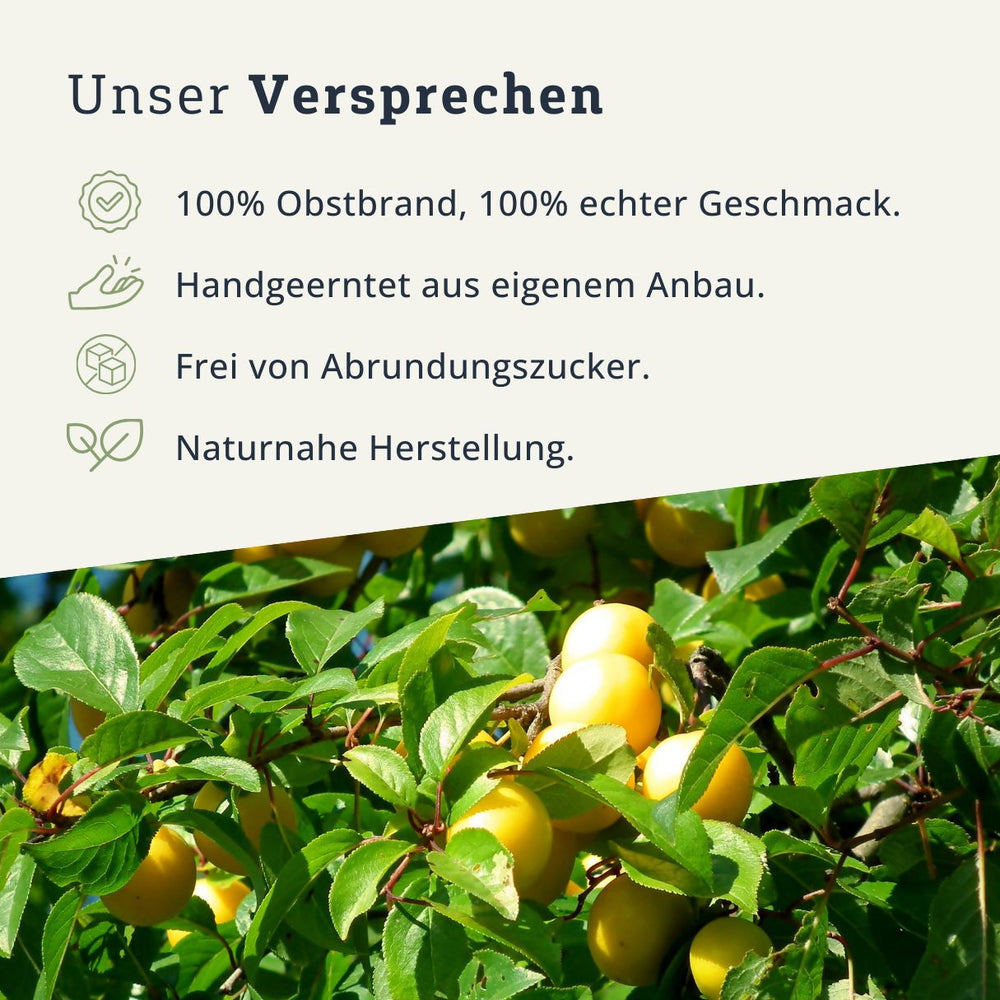

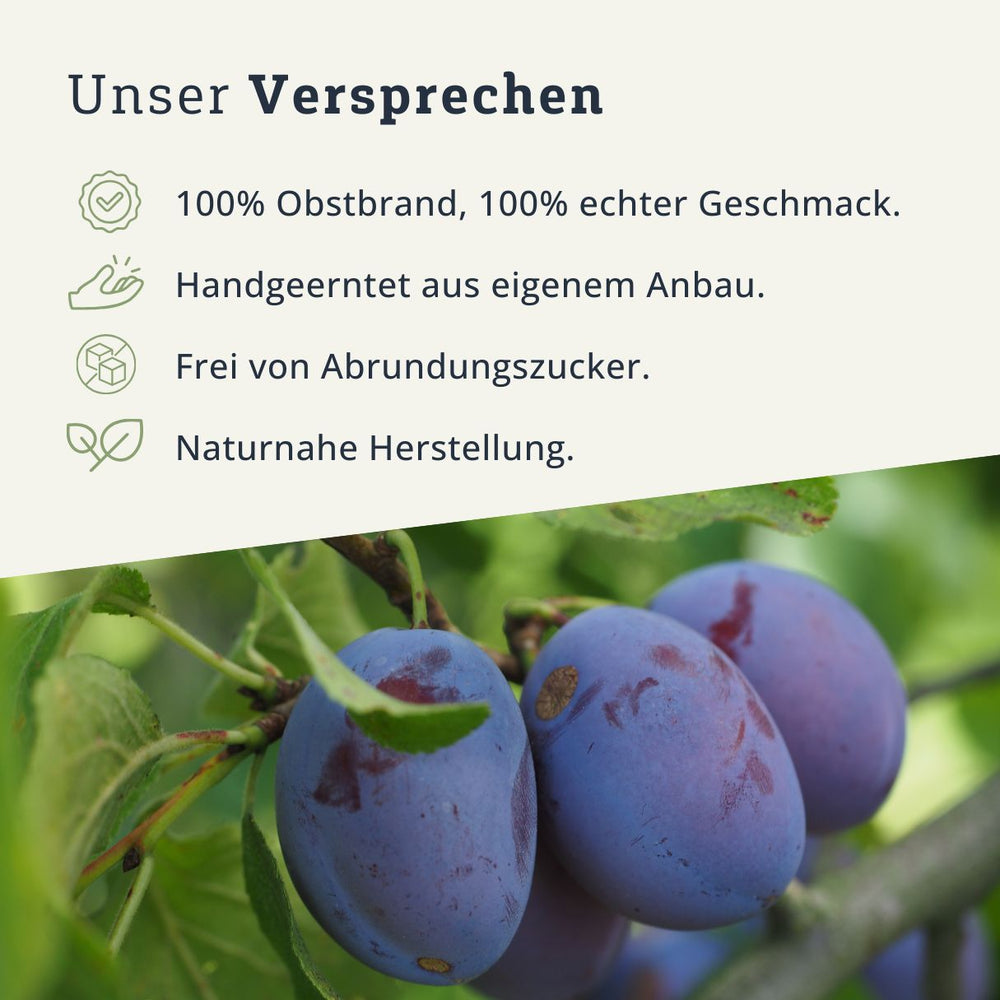

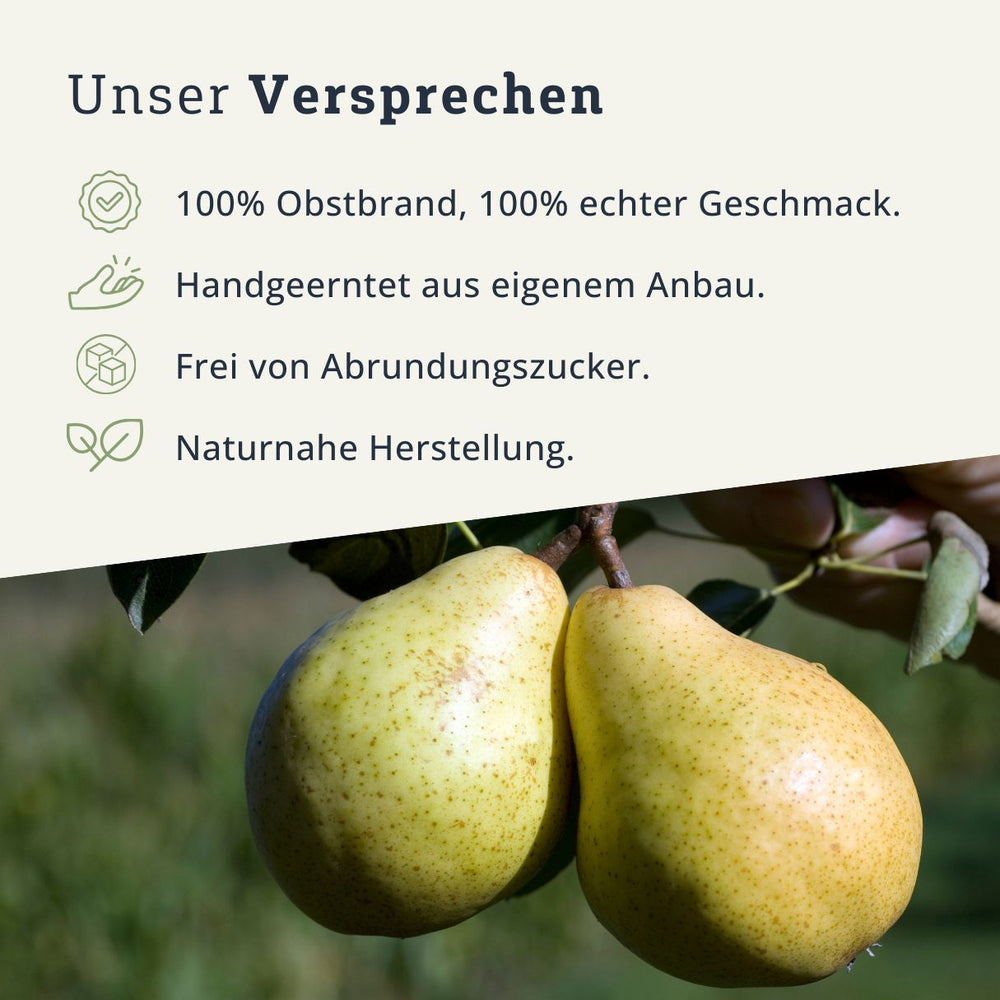
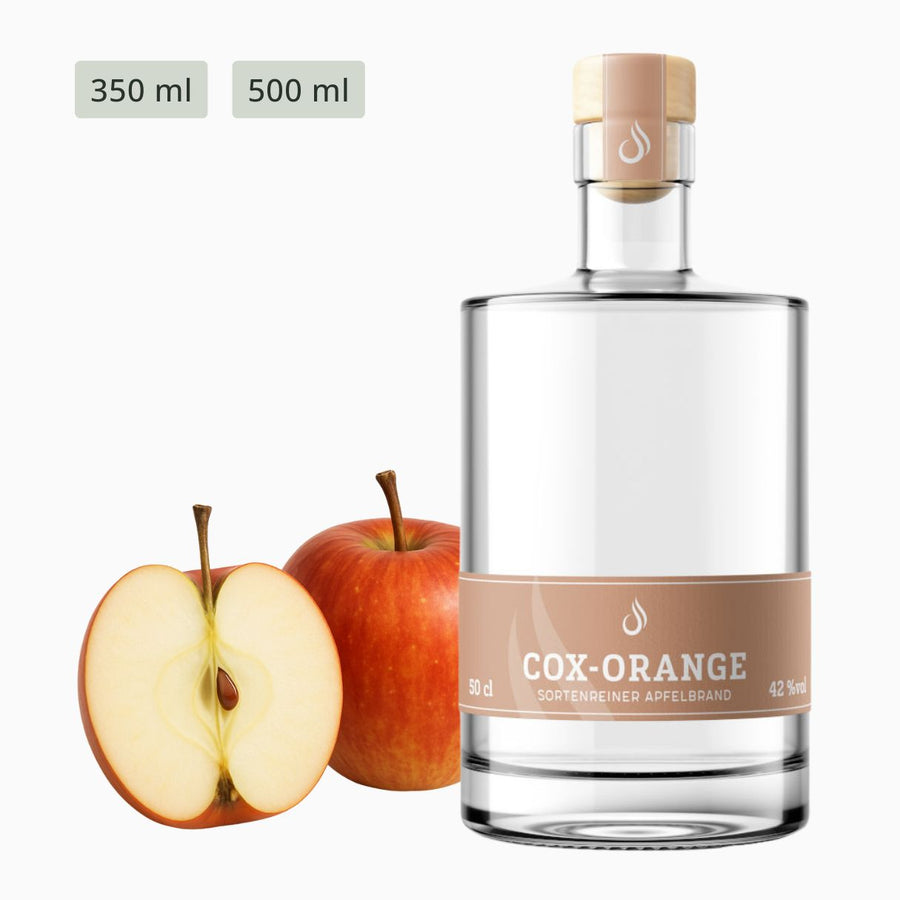
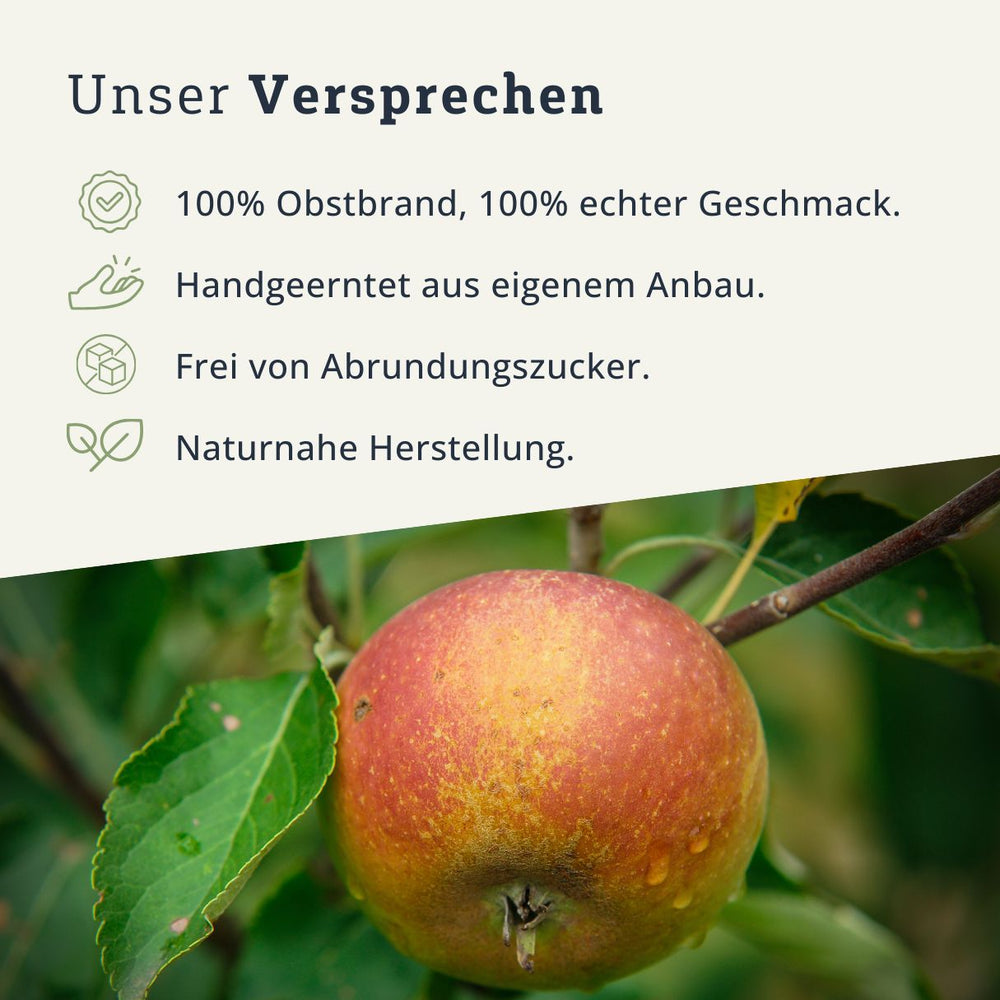



Leave a comment